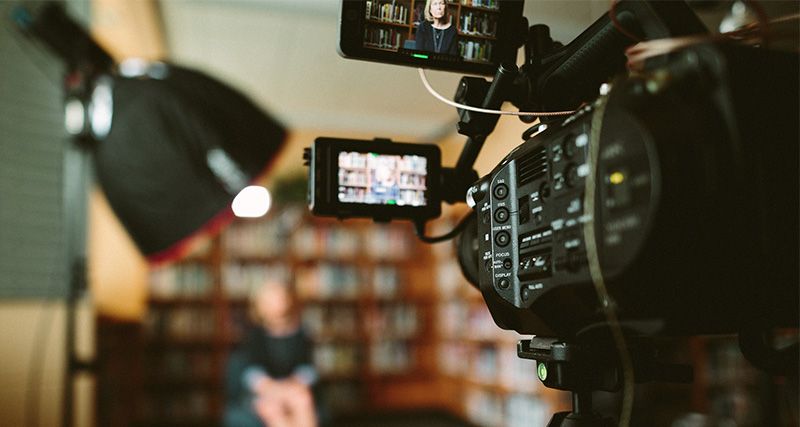Audio Visual Checklist for Conferences and Meetings
Whether you are just going to present in front of an audience, or need to stream your conference over the internet, there are a lot of things going into it. If one thing goes wrong, the flow of the presentation can be affected. To help you ensure everything is ready for your conference, we have compiled a list of things you will need to set up and check off.
Audio Visual Checklist for Conferences and Meetings
The things you need to have set up before your conference starts includes:
Lighting
Lighting is one of the most important aspects of the conference. You want the lights to illuminate the speakers, while dimming everyone else. This will draw and hold attention to the speakers and keep the audience quiet. Make sure you either have a set spotlight that illuminates the stage, or someone to manage the spotlight to follow those who are moving around on stage.
Microphones
No one needs to lose their voice yelling to get to the back of the audience. But not all microphones are going to set up the same way. For hands free headsets, you want to make sure it is situated on the face correctly and tested before the conference starts.
For standard microphones, you need to make sure that cords are placed in a way that will prevent tripping, and cordless microphones are fully charged. Making sure that the speakers are the correct height and properly attached to the podium or stand.
Laptops
If you are presenting something using a computer, you want to make sure that the computer is going to run without issues. It is smart to restart the computer the night before to make sure that there are no updates needed before the presentation starts. You should also make sure the programs are updated and no unnecessary tabs are open to slow your computer down. Turn off automatic updates so Windows updates do not automatically start taking away your necessary bandwidth & computer resources.
Projectors and Remote Controls
To help make sure everything is blown up large enough to be seen by the audience, it is helpful to use a projector. There are many types of projectors, so make sure that the one you are using is compatible with the computer you are using. Make sure you have the remote control for it and that it has full batteries.
Screens
A screen will allow the projection to be as clear as possible. Screens are usually determined by the ceiling heights as well as the audience size. If a screen needs to be installed, make sure it is done at least a day before the conference.
Video Cameras
If you want to record, IMag or broadcast the conference, you will need to have the proper cameras for the job. Know where you want your cameras placed, have them charged or connected to a power source, and make sure that if they need a memory card, that they have it.
Bandwidth
If you want to stream or broadcast your conference, or use things online in your presentation, you will need to check your bandwidth. Bandwidth is what is going to determine how smoothly your internet experience will be and how choppy it may look. If your bandwidth is poor, you may want to reassess whether you should be incorporating the internet into your presentation.
Speakers and Mixers
Microphones alone may not be enough. You may also need to have speakers and a mixer if you want to better control your audio. It is helpful to have someone in charge of all your audio, including speakers and microphones. They will also be able to make sure your speakers are the right size for the space, as well as loud enough for the audience.
Cables
The cords to make sure all of this runs is just as important as the equipment itself. Make sure you have all your cables and any adapters you may need to make everything run. If you need extension cords, video or audio cables; have them with you along with spare cables, as sometimes cables do go bad.
Conclusion
Don’t rely on your memory or chance to set up your conference. By making sure everything on this list is set up and running smoothly, you can avoid complications and any technical issues that can cause interruptions, and setup early. If you need any help setting up your conference, consult our AV Rental Company in Orlando.









